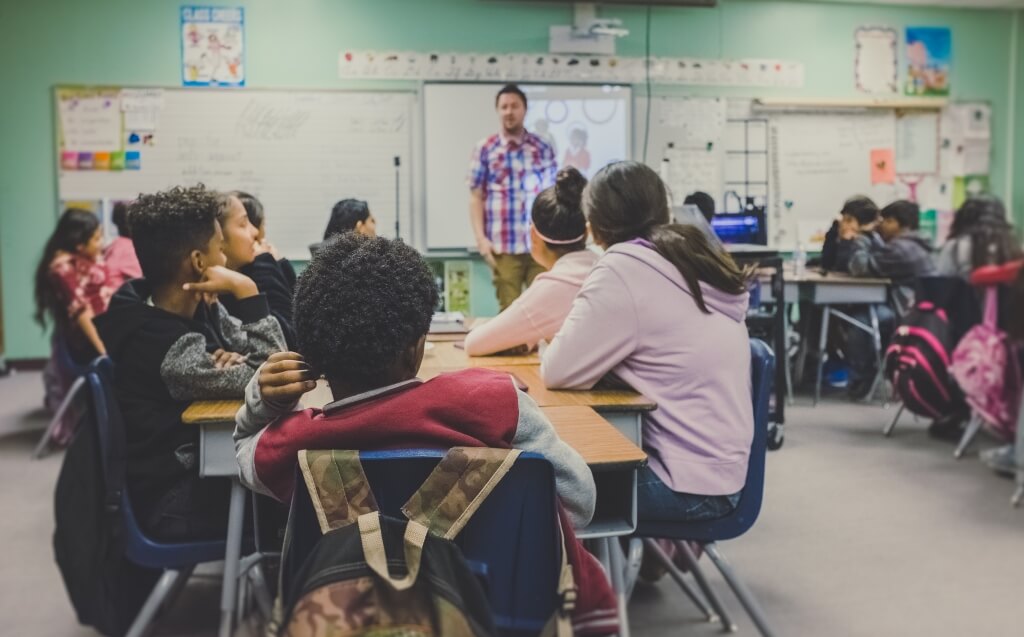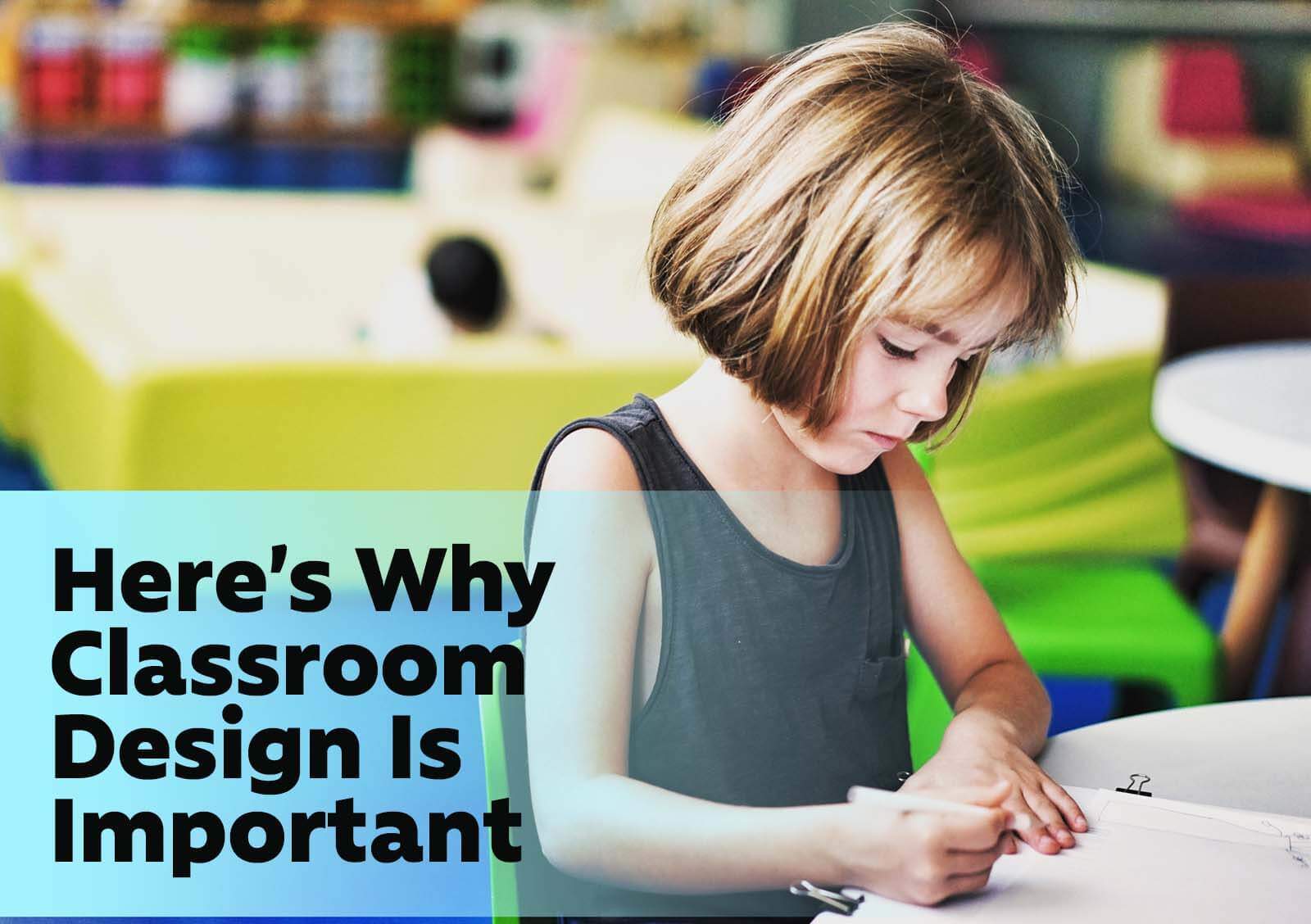What matters most for educators is students’ learning achievements, and everything a teacher does is geared to help students achieve the best possible results. It is done through funding, training for teachers, standardized testing and many other measures. Unfortunately, what often gets overlooked in the process is classroom design, despite the fact that the environment children learn in can have a huge impact on the learning process. In today’s blog post, we are going to discuss why classroom design is important and what to do to make the most of it.
Does classroom design affect learning outcomes? Absolutely!
In 2015, Building and Environment published a study that revealed that school design has a 16% impact on students’ learning rates and validated an Environment-behavior factors model. They considered factors such as Naturalness (light, temperature, sound, air quality and links to nature), Individualization (a sense of ownership, connection and flexibility), and Stimulation (color and complexity). They found that all three Individualization parameters had a significant impact on students’ learning rates, and light was the most impactful parameter when it came to Naturalness factor. Both complexity and color also appeared to influence students’ learning and were found to work best at an intermediate level.

How to make the most of your classroom design?
Now that we have discussed which aspects of classroom design impact students’ learning achievements, we can talk about the ways to implement them. When it comes to light, it is quite simple: natural light is the best option, but it is important to remember not to overdo it, as too much sunlight can create glare. Links to nature can be added with potted plants and even photos or posters of nature, as well as natural-looking textures like stone or wood. The room layout and displays should be balanced for optimal visual complexity, and the walls should be light with bright highlights for the best color scheme. As for the display colors and colors of carpet, blinds and furniture, bright colors have proved to work better.
Individualization is the most important factor, as well as the most complex. Your classroom needs to have character, and the students should be given enough freedom to feel like it’s theirs, too. Good quality ergonomic furniture is a must, as well as zones for group projects and individual work. It can help to have flexible seating options, so the classroom can be adapted for lesson’s purposes. Flexible seating can also add to the sense of ownership.
peerhatch – all classroom design factors in one!
Can you create Naturalness, Individualization and Stimulation using just one product? Yes, you can. peerhatch is a non-ghosting writable wall-covering with infused graphics that can be used for many design purposes, namely:
- To create links to nature – simply choose a graphic featuring a nature scene
- To create a sense of ownership – each student can use the wall for group or individual projects, making it feel like their own
- Create flexibility – studies have shown that the larger the wall for display opportunities is, the better. With peerhatch you can use every inch of space of your classroom’s walls.
- Make the most of the colors – you can infuse any image within peerhatch.
Contact us today and let us help you improve your classroom design. We are looking forward to making it the best it can be!

